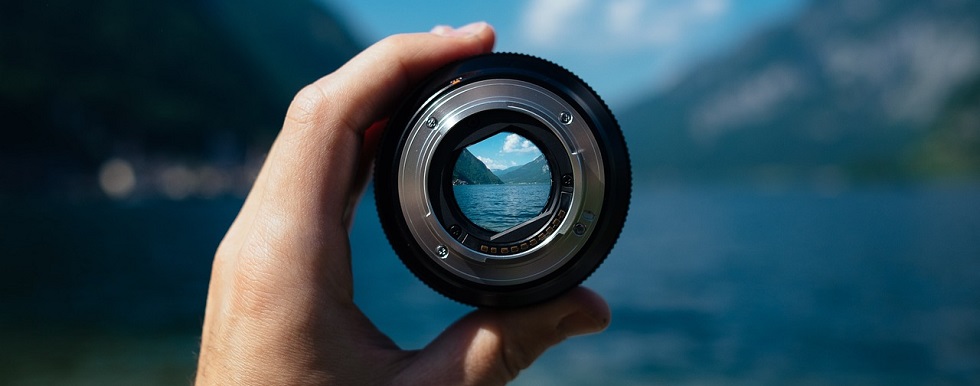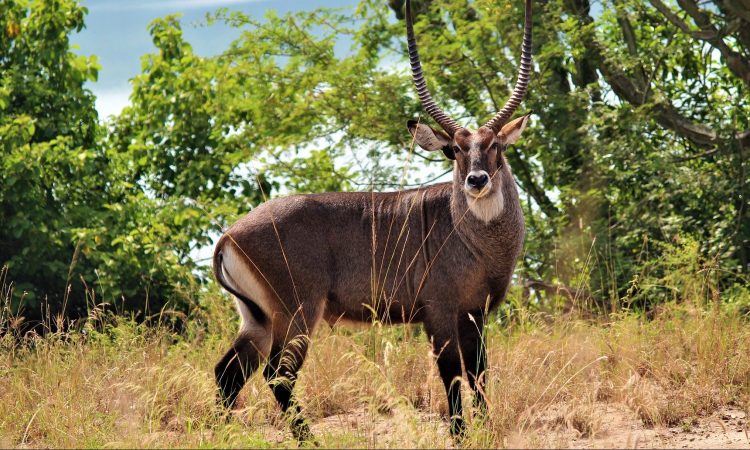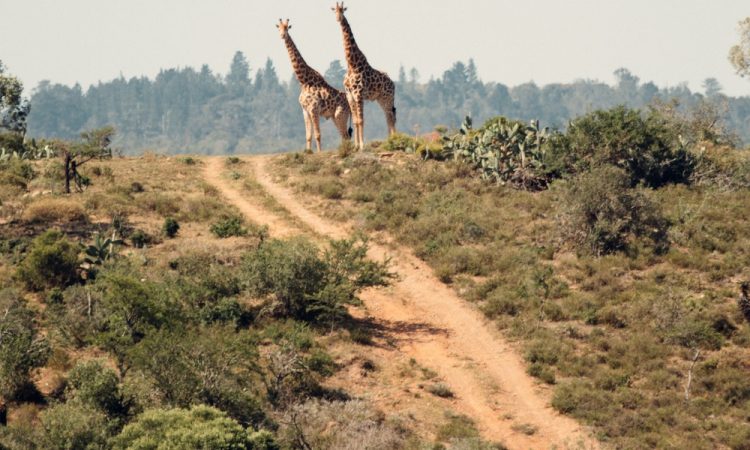Gorilla trekking is one of the most sought tourists activities in Africa though very expensive its every traveler’s wish to encounter these apes in their natural habitat because they cannot be found in zoos. Everyone planning mountain gorilla trekking in Uganda must carry a camera to capture the unforgettable lifetime experience.

Uganda is the top destination for gorilla trekking but photography can sometimes become very hard as Bwindi impenetrable forest is too thick making its hard to capture photos well compared to Rwanda but if you’re lucky, you might as well find gorillas on a clearing in Bwindi and have great pictures for memories or take back home for remembrance.
When photographing mountain gorillas the number one rule is cameras with flash lights are not allowed so it’s better to turn off your flash or get a camera without a flash this is because mountain gorillas feel threatened and can easily attack when their photos are taken with flash lights.
Tourists must keep a distance of 7 meters while with mountain gorillas; you should take a wide angle lens, fixed focal lens and zoom lens in order to capture good pictures. You can also carry two cameras if you can as gorillas are always moving and it will be hectic changing lenses. When planning gorilla photography ensure to get your camera fully charged or carry extra batteries, bring a water proof bag where you can keep your camera as the weather in the rain-forest is unpredictable therefore it can rain at any time.
For professional film makers, journalists or tourists interested in making gorilla films, they should acquire permits from Uganda Wildlife Authority or through a trusted tour operator.
Gorilla permits in Uganda cost $600 per person per trekking, habituation permits cost $1500 per person and the gorilla filming permits cost $4200 per person. Gorilla permits in Uganda are always scarce so tourists should book in advance of 3 months before arriving in the country. Mountain gorillas can be visited all year round but the best convenient time is from June to September and December to February when the vegetation is thin and the trekking trails not muddy and slippery.






